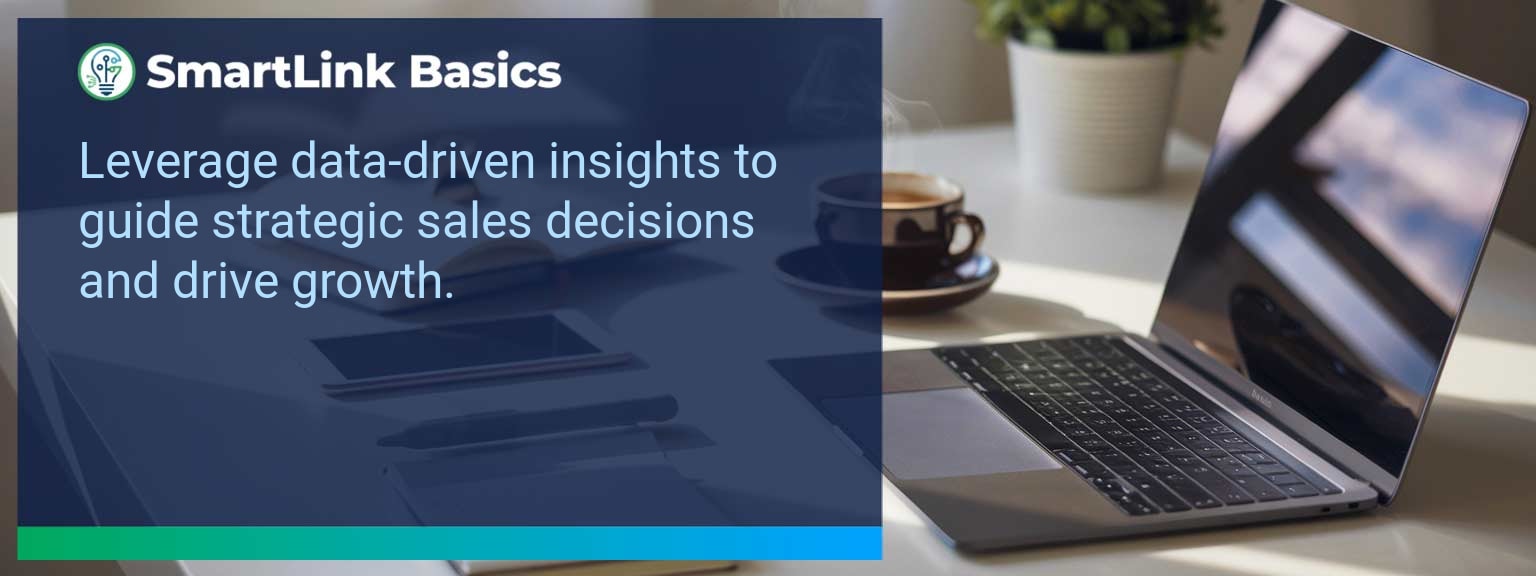Manual data entry and repetitive follow-ups consume an average of 23% of a salesperson’s week, according to HubSpot research. For leaders seeking scalable efficiency, sales automation with Make can eliminate hundreds of low-value tasks while improving forecasting accuracy. At SmartLink Basics, we see automation as a critical lever in modern sales leadership—one that integrates sales process automation, CRM automation, and workflow orchestration into a cohesive growth strategy.
This article identifies 100 high-impact sales tasks that can be automated with Make, explains how to structure them for maximum ROI, and outlines the measurable gains possible for any sales organization prepared to embrace an AI-driven operating model.
- Automate CRM updates, follow-ups, and lead assignments with Make.
- Integrate sales communications across email, chat, and social channels.
- Standardize opportunity tracking with automated sales pipeline triggers.
- Alert teams instantly when KPIs deviate from targets.
- Scale personalization through dynamic, rules-based messaging at speed.
What Changed and Why Sales Automation with Make Matters Now
AI-powered sales workflow automation is shifting the competitive baseline. Where CRM automation once meant logging calls, Make now orchestrates multi-step, multi-platform actions in seconds—freeing reps to focus on revenue-generating conversations.
For example, when a lead downloads a whitepaper, Make can push them into a nurture sequence, alert the account executive, and schedule a task for a product demo—without human intervention.
Leaders who adopt this approach can drive higher sales productivity while maintaining tight operational control. The next competitive advantage lies in out-automating your competition.
Redesign the Revenue Operating System with Sales Automation with Make
ICP, Segmentation, and Targeting
Automating your ideal customer profile updates ensures segmentation reflects live market data. Make can sync CRM attributes from web form inputs or enrichment tools, ensuring targeted campaigns hit the right audience consistently.
Pipeline Architecture
Automated stage movement based on defined triggers keeps your sales pipeline accurate without weekly admin sprints. For instance, the moment a proposal is opened, the deal can advance and notify finance to prepare terms.
Plays and Messaging
Make enables templated plays that execute across channels when triggers occur, such as sending tailored follow-up emails for stalled deals older than 14 days.
Operating Cadence
Leaders can schedule pipeline reviews, data hygiene prompts, and coaching session reminders automatically—ensuring routine accountability without manual coordination.
Common Productivity Challenges
Many teams struggle with fragmented tools, making sales process automation partial at best. Duplicate data entry, inconsistent follow-up timing, and manual reporting undermine both velocity and accuracy.
A mid-market SaaS firm we observed reduced reporting workload by 80% through Make integrations between CRM, analytics dashboards, and Slack alerts.
Consolidating task automation tools into a unified environment eliminates costly context switches. Leaders should map their current manual workflows, then pinpoint high-frequency tasks ripe for automation.
Implementing Make for Task Automation
Success starts with identifying high-impact automations—those that either eliminate repetitive work or unlock faster deal cycles. Begin with one sales segment to reduce complexity, applying clear business rules for each automation path.
For example, a B2B manufacturer can automate lead-to-quote workflows: trigger when a web inquiry meets ICP criteria, create the opportunity, notify the assigned salesperson, and update deal status as docs are sent.
This systematic build-out ensures adoption and improves visibility into automated sales pipeline performance before scaling further.
Measurable Improvements in Sales Efficiency
Monitoring the right metrics is essential to validate automation ROI. The table below categorizes leading indicators, lagging results, and quality signals that matter.
| Category | Metric | Definition | Target |
|---|---|---|---|
| Leading | Automated Task Completion | % of recurring sales tasks handled by automation | 70%+ |
| Leading | Lead Response Time | Average time from lead entry to first contact | Under 5 mins |
| Lagging | Revenue per Rep | Total revenue ÷ number of active reps | +15% YoY |
| Lagging | Win Rate | Opportunities won ÷ total opportunities | 30%+ |
| Quality | Data Accuracy Score | Completeness and correctness of CRM records | 95%+ |
| Quality | Rep Satisfaction Index | Survey results on workload balance and tool usability | ≥ 4.2/5 |
Expanding Automation for Long-Term Growth
After initial wins, scale by mapping every stage of the funnel and linking them into a unified automated sales pipeline. Layer on predictive alerts, sentiment analysis, and multichannel outreach triggers to maintain competitive edge.
Refer to expert insights from SmartLink Basics to assess maturity, identify remaining gaps, and align your automation roadmap with your revenue growth strategies.
Continual refinement of automation rules keeps processes aligned with evolving buyer behavior and internal capacity.
Get the 90-day plan, coaching rubric, and dashboard template to operationalize AI in your enablement program.
Scaling Results Through Strategic Sales Task Automation
Sales automation with Make transforms a revenue team’s operating rhythm from reactive to proactive. In this guide, we have broken down how 100 tasks can be automated to reclaim selling time, enforce process discipline, and increase output. Scaling starts small, tightens feedback loops, and builds toward full-funnel orchestration. Access more AI-driven sales enablement resources from SmartLink Basics to advance your automation maturity today.









